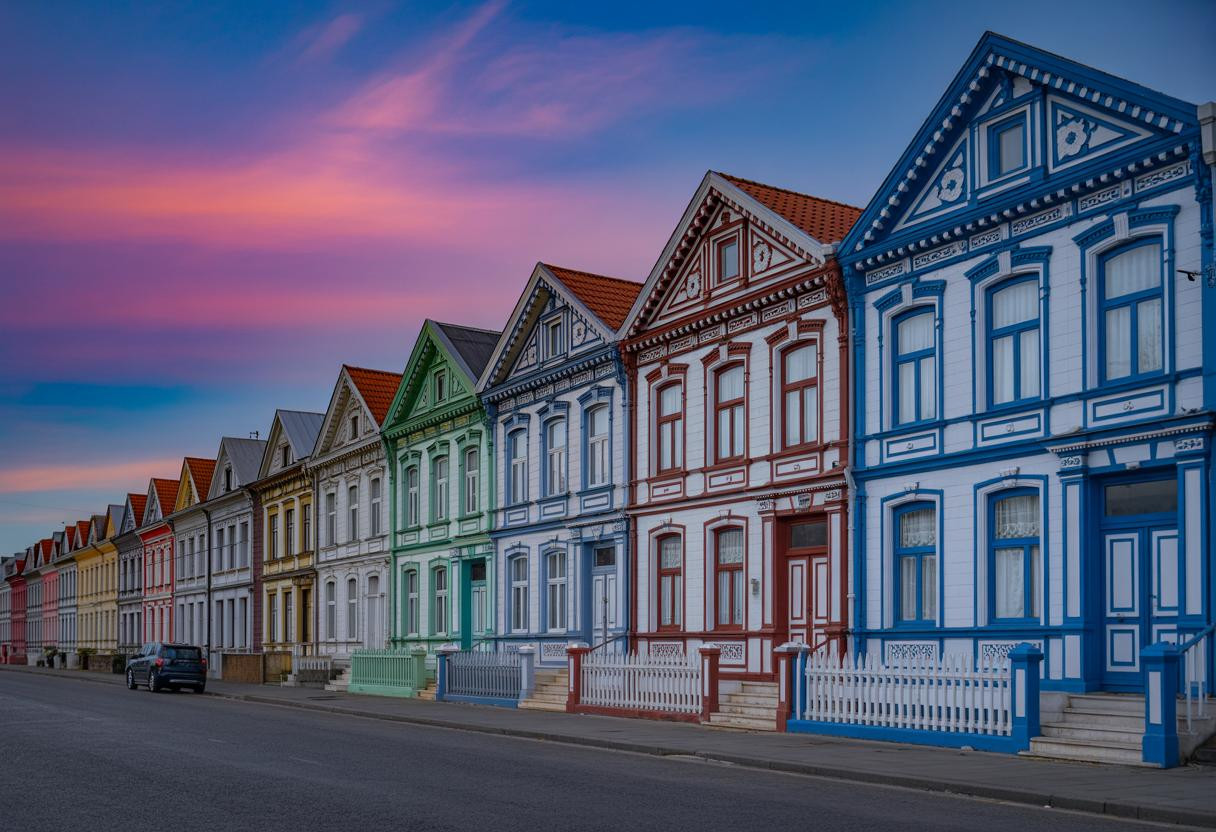Eureka Springs, Arkansas, has achieved something remarkable: every single house in its Historic District is a preserved piece of Victorian history, creating America’s most comprehensive “living museum” town. With over 190 buildings from the 1880s still standing, this small Arkansas community generates millions in tourism revenue while maintaining its authentic 19th-century character—but the real story lies in how they’ve balanced preservation costs with modern economic realities.
The Victorian town that became America’s preservation success story
After devastating fires in the 1880s nearly destroyed the original settlement, Eureka Springs rebuilt itself with stone and Victorian craftsmanship that would define its identity for the next 140 years. The town’s commitment to preservation isn’t just aesthetic—it’s economic strategy.
Arkansas’s heritage tourism contributes $890 million annually to the state economy, supporting over 21,500 jobs, with Eureka Springs capturing a significant portion through its National Historic Landmark designation. Property values in Arkansas historic districts typically run more than double those in unprotected areas, creating substantial wealth for property owners who embrace preservation standards.
The state’s historic tax credit program has injected $223 million into Arkansas projects since 2010, generating 175 direct jobs annually—funding that helps offset the higher costs of maintaining Victorian-era structures.
How an entire city becomes a living museum
The comprehensive preservation model that works
Unlike typical historic districts that protect only downtown cores, Eureka Springs designated the entire city as historic. Every exterior alteration requires a Certificate of Appropriateness from the Historic District Commission, ensuring architectural integrity while supporting property owners through the compliance process.
This approach differs dramatically from standard preservation models. Where most towns protect individual buildings or small districts, Eureka Springs treats the whole community as a historical artifact, creating immersive visitor experiences that drive higher tourism spending.
Managing modern needs within historic constraints
The preservation paradox creates real tensions: Victorian houses need modern utilities, internet connectivity, and accessibility features. Success requires adaptive solutions that hide contemporary necessities behind period facades—a process that’s expensive but maintains the town’s authentic character.
The how small towns generate massive tourism revenue from unique architectural features demonstrates similar principles: authentic preservation creates economic value that justifies higher maintenance costs.
The economic engine behind Victorian preservation
Eureka Springs generates revenue through multiple preservation-linked streams: heritage tourism, specialty lodging in historic properties, arts festivals, and premium real estate values. The annual Christmas Tour of Homes alone attracts thousands of visitors, while the town’s designation as one of America’s “100 Best Art Towns” drives year-round cultural tourism.
However, this model creates vulnerabilities. Tourism-dependent economies face risks during economic downturns or travel disruptions, highlighting the importance of economic diversification strategies that many small communities struggle to implement.
Lessons for other preservation-minded communities
What makes the model replicable
Eureka Springs’ success depends on three critical factors: authentic architectural heritage, state-level funding support, and community commitment to preservation standards. Towns considering similar approaches need strong tourist appeal and access to preservation grants.
The challenges facing America’s smallest incorporated towns often include limited resources for comprehensive preservation—making state and federal support essential for replication.
Addressing the sustainability challenges
Long-term viability requires balancing preservation with resident affordability and economic diversity. Rising property values can price out longtime residents, while tourism-focused economies may struggle with seasonal employment and wage limitations.
Successful preservation communities must consider the evolution of heritage tourism in America and adapt their strategies to changing visitor expectations and economic conditions.
Why this preservation model matters now
Eureka Springs proves that comprehensive historic preservation can be economically sustainable when supported by tourism revenue and strategic funding. The town’s success offers a blueprint for rural communities seeking economic revitalization through heritage tourism, though replication requires careful adaptation to local conditions and resources.
The key insight: preservation isn’t just about saving old buildings—it’s about creating economic value through authentic historical experiences that visitors can’t find elsewhere.
